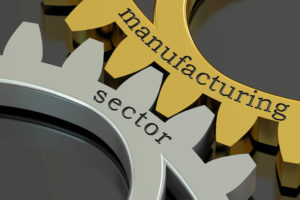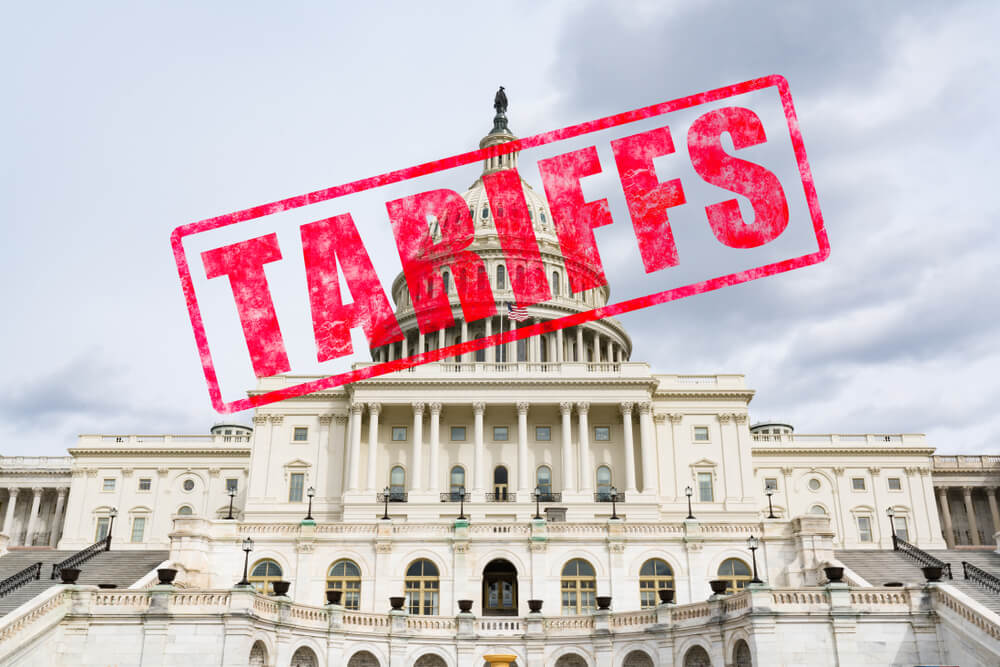Donald Trump has referred to himself as a “Tariff Man,” but according to a study released by the Federal Reserve, the president’s strategy of using tariffs as a cudgel largely backfired, leading to job losses and higher prices for U.S. consumers.
The study examined the effect of tariff increases and outcomes in the U.S. manufacturing sector, calculating each industry’s exposure to levy changes through three channels: the import protection that comes when an industry’s output is subject to U.S. tariffs, the increase in production costs resulting from tariffs on imported inputs, and the reduction in foreign competitiveness due to retaliatory tariffs in U.S. export markets.
“We find that the 2018 tariffs are associated with relative reductions in manufacturing employment and relative increases in producer prices,” Fed economists Aaron Flaaen and Justin Pierce concluded. “For manufacturing employment, a small boost from the import protection effect of tariffs is more than offset by larger drags from the effects of rising input costs and retaliatory tariffs. For producer prices, the effect of tariffs is mediated solely through rising input costs.”
The study notes that while the tariffs did help reduce competition for some industries, the gains were more than offset by retaliatory tariffs and by rising costs for consumers.
“While one may view the negative welfare effects of tariffs found by other researchers to be an acceptable cost for a more robust manufacturing sector, our results suggest that the tariffs have not boosted manufacturing employment or output, even as they increased producer prices,” the study reads. “While the longer-term effects of the tariffs may differ from those that we estimate here, the results indicate that the tariffs, thus far, have not led to increased activity in the U.S. manufacturing sector.”
Where Tariffs Hurt Most
 According to the study, the industries hit hardest by higher prices are: primary aluminum production; electric lighting equipment; household and institutional furniture and kitchen cabinets; semiconductor and other electronic component; iron and steel mills and ferroalloy manufacturing; aluminum sheet/plate/foil and rolling/drawing/extruding; household appliance manufacturing; other electrical equipment and component; leather and allied products; and industrial machinery.
According to the study, the industries hit hardest by higher prices are: primary aluminum production; electric lighting equipment; household and institutional furniture and kitchen cabinets; semiconductor and other electronic component; iron and steel mills and ferroalloy manufacturing; aluminum sheet/plate/foil and rolling/drawing/extruding; household appliance manufacturing; other electrical equipment and component; leather and allied products; and industrial machinery.
Also according to the study, manufacturing was hit the hardest, particularly producers of: magnetic and optical media; leather and allied products; aluminum sheet/plate/foil and rolling/drawing/extruding; iron, steel mills and ferroalloys; motor vehicles; household appliances; sawmills and wood preservation; audio and video equipment; pesticide, fertilizer and other agricultural chemicals; and computer and peripheral equipment.
While the Fed researchers did not measure how business confidence has been affected by tariffs, most economists see uncertainty around international trade policies as detrimental, particularly when it comes to business investment.
“While the potential for both tit-for-tat retaliation on import protection and input-output effects on the domestic economy have long been recognized by trade economists, empirical evidence documenting these channels in the context of an advanced economy has been limited,” the study concludes. “We find the impact from the traditional import protection channel is completely offset in the short-run by reduced competitiveness from retaliation and higher costs in downstream industries.”




